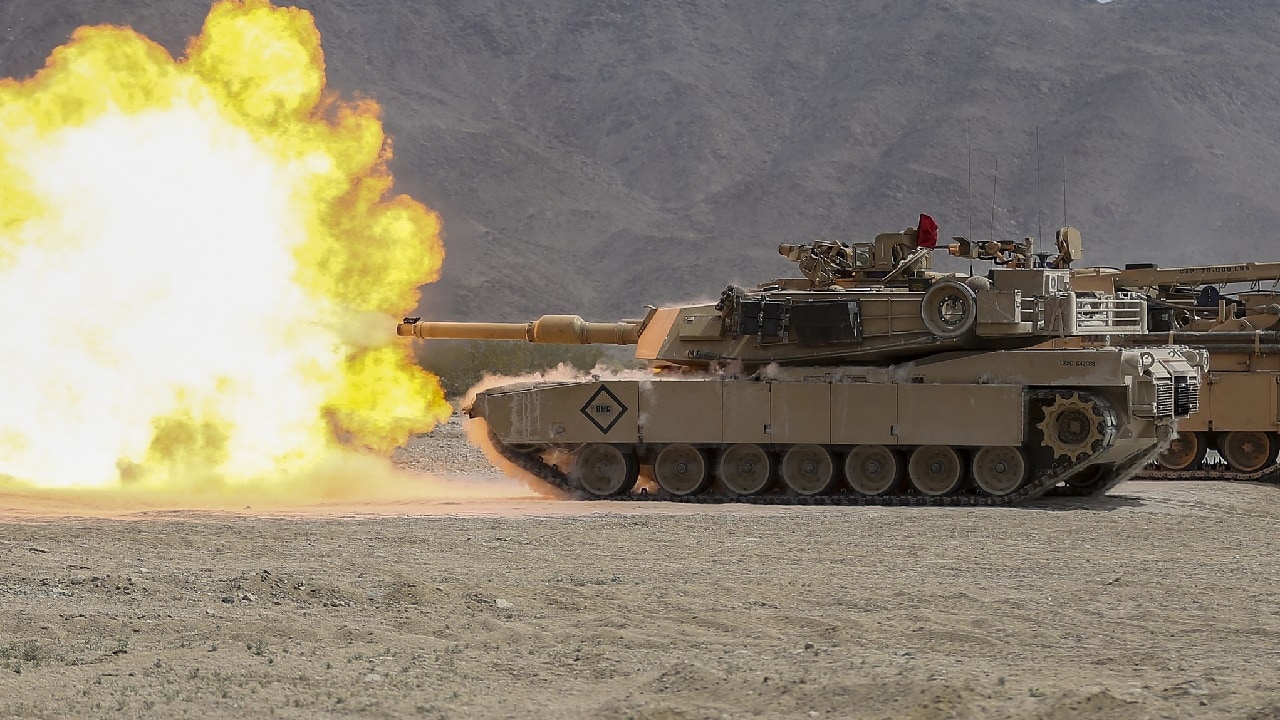The M1 Abrams Isn’t Old; It’s a Classic – By the time many athletes hit the big “4-0” – even Tom Brady – it is often time to slow down a bit. However, it would be unfair to call the United States Army’s M1 Abrams tank “old,” and rather as it has been steadily upgraded during its more than four decades in service, it has been “perfected” over time.
(Subscribe to Our YouTube Channel Here. Check out More 19FortyFive Videos Here)
Named for the late General Creighton W. Abrams, former Army Chief of Staff and commander of the 37th Armored Battalion, the M1 has been the backbone of the armored forces of the United States military.
What Made the M1 Abrams Great: Analysis
Though it is now considered among the best tanks in the world today, the U.S. military had lagged behind with its tank efforts throughout much of the Cold War.
In fact, the United States had largely considered the M60 as essentially an interim main battle tank, but it went on to prove itself in combat against Soviet-supplied T54/55s and T62s during the 1967 and 1973 Arab-Israeli wars. However, it was clear that the M60, at least according to some experts, would be no match for the latest Soviet tanks.
An effort to close the gap with the Soviets began with the MBT-70 American-West German joint project to develop a new main battle tank in the 1960s. However, the program ended in failure when West Germany pulled out from the project due to costs and differences in requirements.
As a result, the U.S. Congress then directed the U.S. Army to begin a new tank – but under strict cost and time limitations. Despite such parameters came the U.S. military’s third-generation (post-World War II) main battle tank (MBT), which was designed by Chrysler Defense, now General Dynamics Land Systems.
A New Beginning for U.S. Armor: Enter the M1 Abrams
The M1 Abrams was designed to provide more mobile firepower for armored formations and to take on and destroy any armored fighting vehicle that came at it, while at the same time ensuring the protection of its crew in nearly any conceivable combat situation or environment. The M1 Abrams was also more than capable to engage the enemy in any weather condition, day or night.
As originally designated as the M1, it was 32.04 feet in length and 12 feet wide, had a top speed of 45mph, and weighed 60 tons. Its armament was a 105 mm L/52 M68A1 rifled gun. In 1985, the tank was upgraded to the M1A1 version, which was slightly longer, weighed 67.6 tons, and offered the 120 mm L/44 M256A1 smoothbore gun along with other enhancements that included an improved suspension, increased armor protection, and even a nuclear-chemical-biological (NCB) protection system. That added weight did reduce the top speed to 41.5mph, but the tanks still proved superior to anything that rolled at it.
Baptism of Fire
Despite being in service with the U.S. military for a decade, the Abrams remained untested in combat until the Persian Gulf War in 1991. However, its baptism of fire served to confirm that it was truly among the best tanks in the world. Technically, it wasn’t the same M1 either – as the tank had been upgraded to the M1A1, which began in 1985 and continued to 1992. It featured that pressurized NBC system, as well as a rear bustle rack for improved stowage of supplies and crew belongings, redesigned blow-off panels, and its improved M256A1 120 mm smoothbore cannon.
A total of 1,848 M1A1s were deployed to Saudi Arabia to take part in the liberation of Kuwait. Despite concerns as to how the tanks would handle the sand, as well as concerns over months with little maintenance, the Abrams proved superior to the Soviet-era T-55, T-62, and even T-72 tanks that were used by the Iraqi military. During the war, only 18 Abrams tanks were taken out of service due to battle damage, and only nine were permanent losses. Most importantly, not a single Abrams crewman was lost in the conflict.
M1 Abrams: Further Improvements
The Abrams tank was updated again in the 1990s as the M1A2, which included the addition of a commander’s independent thermal viewer, improved weapon station and embedded diagnostics as well as an improved fire control system. The M1A2 SEP V2 has improved microprocessors, color flat panel displays, improved memory capacity, a better “Soldiermachine interface,” and a new open operating system designed to run the Common Operating Environment (COE) software.
Also known as the M1A2C, the EP version 3 (SEPv3) remains the current production model of the Abrams tank that was scheduled for First Unit Equipped in fiscal year 2020 (FY20). The improved version was meant to rectify many of the space, weight, and power issues identified during Operation Iraqi Freedom and it has served as the foundational variant for all future incremental upgrades.
In addition to having improved survivability, the Abrams M1A2 SEPv3 was developed to host any mature technology the United States Army deems operationally relevant. Improvements have so far focused on increasing the electrical power margin, Vehicle Health Management Systems, integrated counter-improvised explosive device protection, a new Auxiliary Power Unit enabling silent watch, embedded training, and an Ammunition Data Link. The SEPv3 has been described as the most reliable Abrams tank ever produced, minimizes the U.S. Army’s logistic footprint, and leads the Army in enterprise-level connectivity to maintenance and supply systems.
Best Yet to Come?
The SEPv3 is not the final variant of the Abrams, as the Pentagon is already looking ahead with the M1A2 SEP version 4 (SEPv4).
“The most lethal Abrams tank is now in development, featuring the third generation (3GEN) FLIR the cornerstone technology that will provide tank crews the ability to identify enemy targets farther than ever before. The 3GEN FLIR will be an upgrade to both sights and will be common with other combat platforms,” the U.S. Army noted about the SEPv4.
With these next upgrades, the Abrams will also integrate a color camera, Eye-safe Laser Range Finder, and a cross-platform laser pointer to facilitate multi-domain battle into the commander’s sight. In addition to a lethality upgrade, the M1A2 SEPv4 will include full-embedded training to maximize crew proficiency of the system, the Army also announced. This program was reportedly developed to “onboard” any technology the Army deems critical to the future battlefield to include artificial intelligence, autonomy, APS, or advanced sensors.
These advancements have continued to ensure that the Abrams remains among the most deadly MBTs in service anywhere in the world today.
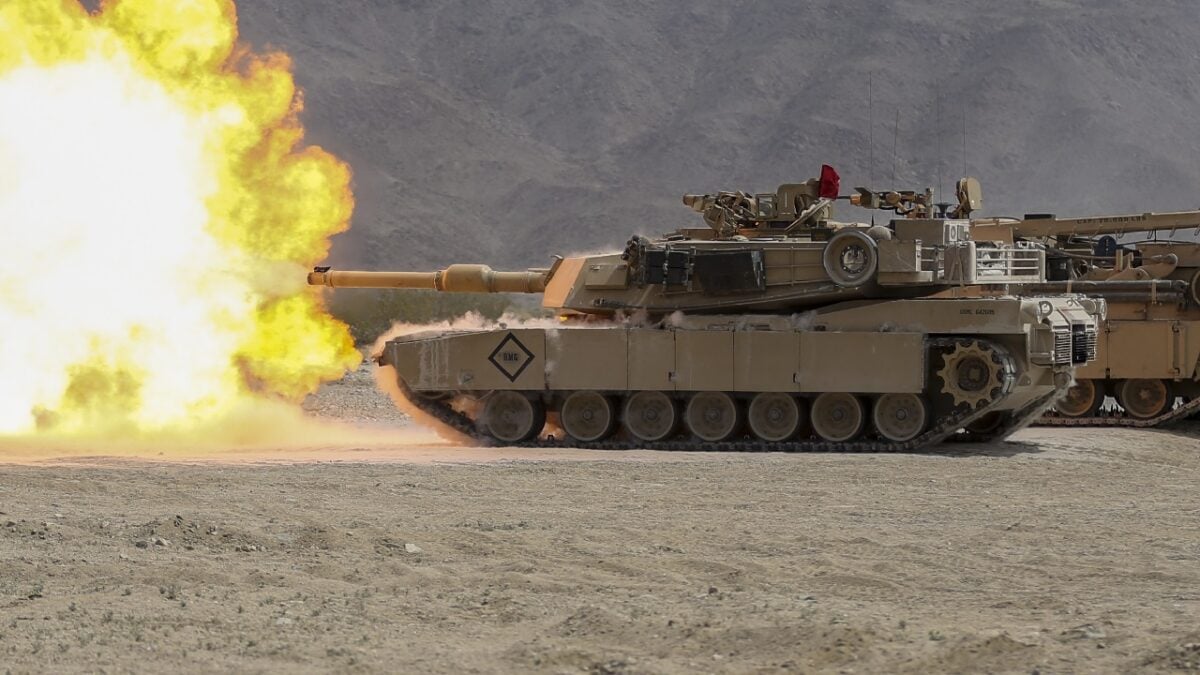
An M1 Abrams Tank fires off a round as a demonstration during 1st Tank Battalion’s Jane Wayne Spouse Appreciation Day aboard the Marine Corps Air Ground Combat Center, Twentynine Palms, Calif., April 3, 2018. The purpose of the event is to build resiliency in spiritual well being, the will to fight and a strong home life for the 1st Tanks Marines and their families. (U.S. Marine Corps photo by Lance Cpl. Rachel K. Porter)
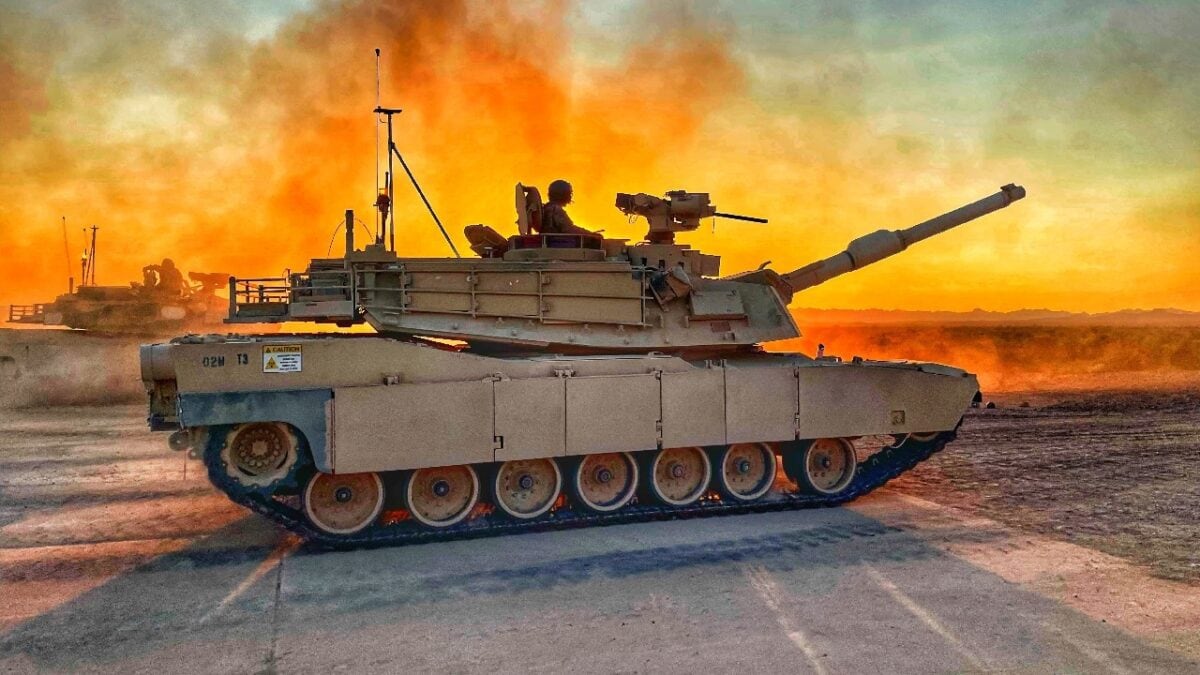
US Army M1 Abrams Tank. Image Credit: Creative Commons.
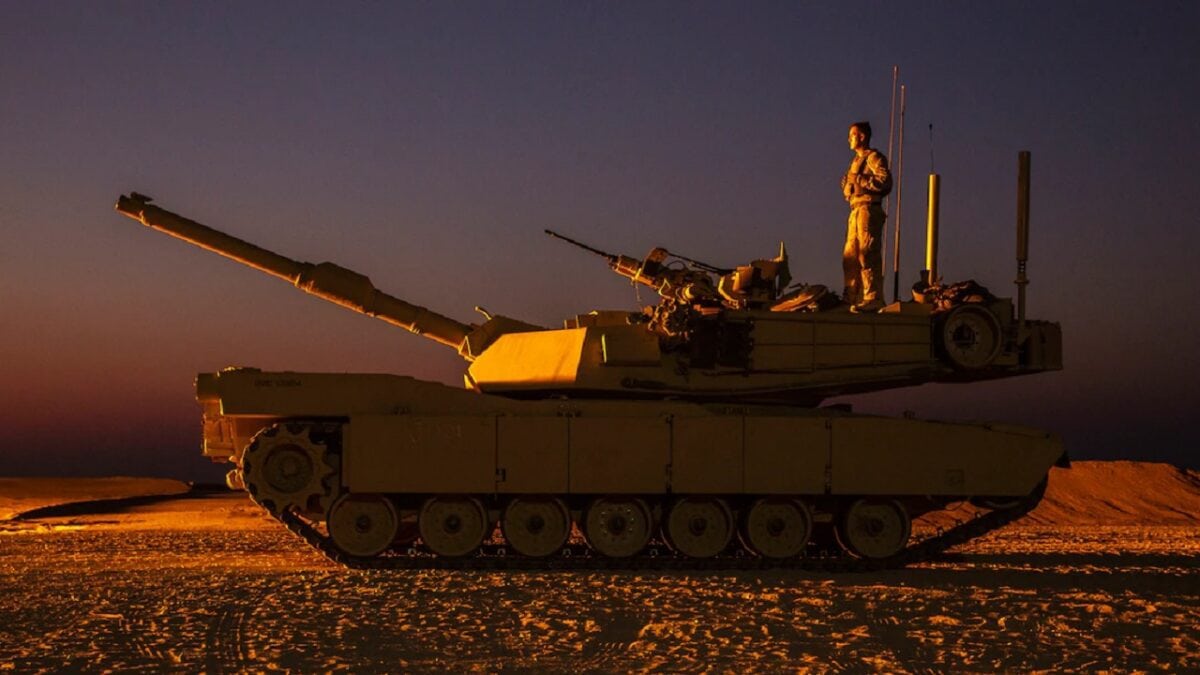
M1 Abrams Tank. Image Credit: US Marine Corp.
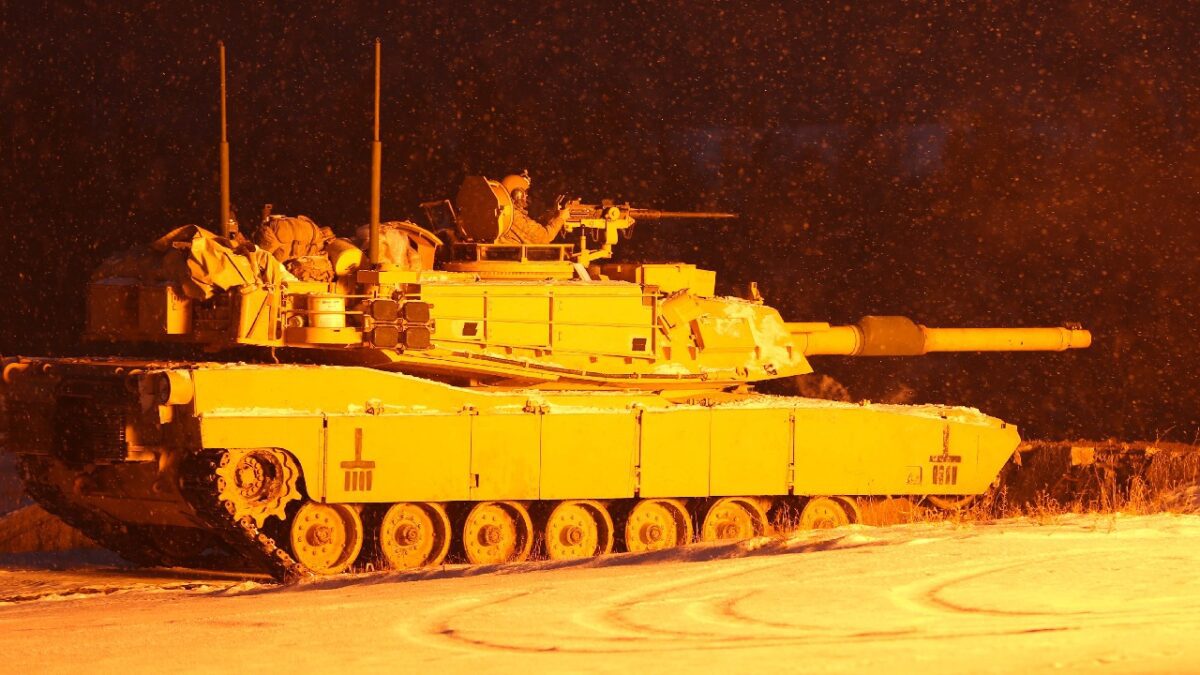
U.S. Soldiers assigned to 1st Squadron, 7th Cavalry Regiment, 1st Armored Brigade Combat Team, sit ready to engage targets in an M1 Abrams Main Battle Tank during Combined Resolve XV live fire exercise at Grafenwoehr Training Area, Germany, Feb. 9, 2021. Combined Resolve XV is a Headquarters Department of the Army directed Multinational exercise designed to build 1st Armored Brigade Combat Team, 1st Cavalry Divisions’s readiness and enhance interoperability with allied forces to fight and win against any adversary. (U.S. Army photo by Sgt. Randis Monroe)
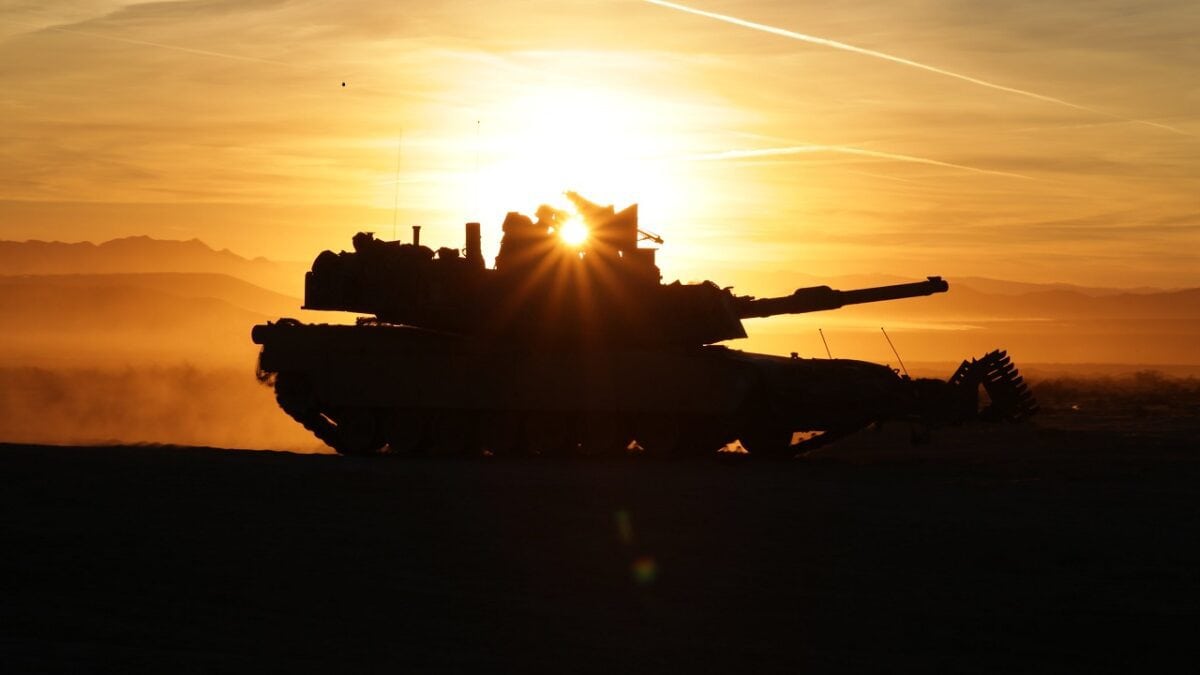
U.S. Army Soldiers, assigned to 3rd Brigade Combat Team, 1st Cavalry Division, maneuver their M1A2 Abrams tank to avoid indirect fire during training at the National Training Center at Fort Irwin, Calif., Oct. 7, 2016.
Expert Biography: A Senior Editor for 19FortyFive, Peter Suciu is a Michigan-based writer who has contributed to more than four dozen magazines, newspapers, and websites with over 3,000 published pieces over a twenty-year career in journalism. He regularly writes about military hardware, firearms history, cybersecurity, and international affairs. Peter is also a Contributing Writer for Forbes. You can follow him on Twitter: @PeterSuciu.

